People

|
Pramod RT (pramodrt at mit dot edu) The brain is an extraordinary machine -- it processes a lot of information at astonishing speeds to enable us to go about our everyday lives. What kind of information is represented where (and when) in the brain? What are the underlying computations? As a postdoctoral researcher with Nancy Kanwisher, I am working towards answering these questions using ECoG, Neuroimaging and computational modeling. Prior to this, I obtained my PhD from the Indian Institute of Science where I worked with SP Arun towards understanding the compositional nature of object representation in brains and machines. |
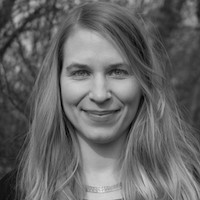
|
Vivian Paulun (vpaulun at mit dot edu) At a glance, we get a rich and deep understanding of the physical world around us. Not only can we recognize objects, we also get a sense of their internal (material) properties: We can see how an object would feel when touched, squeezed or lifted and, importantly, we can predict its possible futures. How does the human brain represent materials and their properties to achieve this? Fortunately, I have received a fellowship to work with Nancy Kanwisher and Josh Tenenbaum on this question using neuroimaging, machine learning and computational modelling. I got interested in materials during my PhD (with Roland Fleming, Mel Goodale, Karl Gegenfurtner), in which I investigated how material properties shape the way we grasp and interact with objects. Before joining MIT, I did a postdoc in Roland’s lab investigating the visual cues humans use to infer functional material properties (e.g. softness) by sight in the first place. |
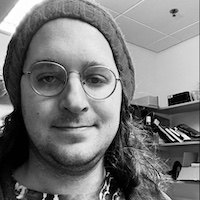
|
Thomas O'Connell (tpo at mit dot edu) I am a postdoctoral researcher working with Nancy Kanwisher and Josh Tenenbaum. My research aims to answer how perceptual processes in the primate brain give rise to behavior and higher-order cognition using tools from neuroscience (fMRI, MEG, non-human primate electrophysiology) and cognitive computational modeling (deep learning, inverse graphics). Prior to MIT, I received my PhD with Marvin Chun at Yale University applying neural reconstruction techniques to study spatial attention in the human brain. |
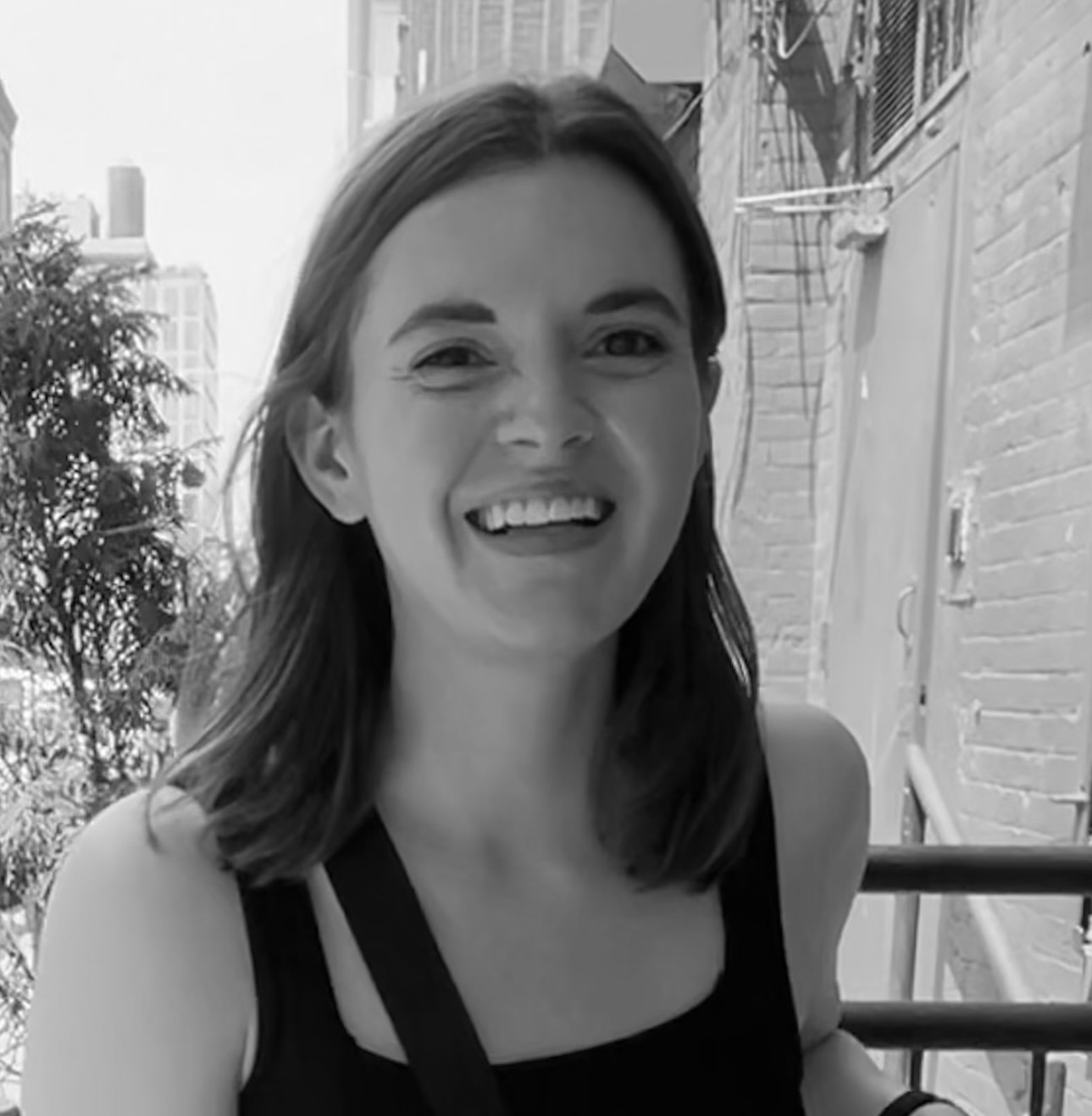
|
Emalie McMahon (emaliem at mit dot edu) Walking into a coffee shop, even without hearing any individual conversation, you immediately see who is talking to whom, and you know whether their interactions are warm and lively or dull and cordial. My research aims to understand how we perceive the conversations and interactions between other people in the world around us. I am answering this complex question with Nancy Kanwisher using a combination of neuroimaging (fMRI), electrophysiology (intracranial and scalp EEG), human behavior, and computational modeling. Prior to joining MIT, I was a research assistant at the National Institute of Mental Health with Maryam Vaziri-Pashkam and Leslie Ungerleider, and I then completed my PhD with Leyla Isik and Mick Bonner at Johns Hopkins University. |
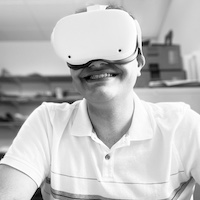
|
Aryan Zoroufi (aryanz at mit dot edu) I am a graduate student in BCS studying visual search and visually-guided action planning in virtual environments. Specifically, I am curious to study how we use visual information to plan our actions and how the goal of our actions modulates the way we perceive the world. Before joining MIT, I obtained a bachelor’s degree in Electrical Engineering from K.N.TOOSI university in Tehran, Iran, where I worked with Maryam Vaziri-Pashkam from NIH to study how we use visual information to grasp objects. |
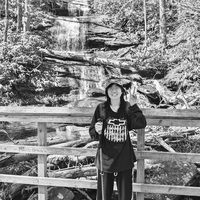
|
Cyn Fang (cxf at mit dot edu) I am an undergraduate student studying Computation and Cognition (Course 6-9). I am interested in human decision making and perception, and how novel computational methods are informing us about the brain. I hope to pursue a PhD in the future to further study cognition and psychology. |
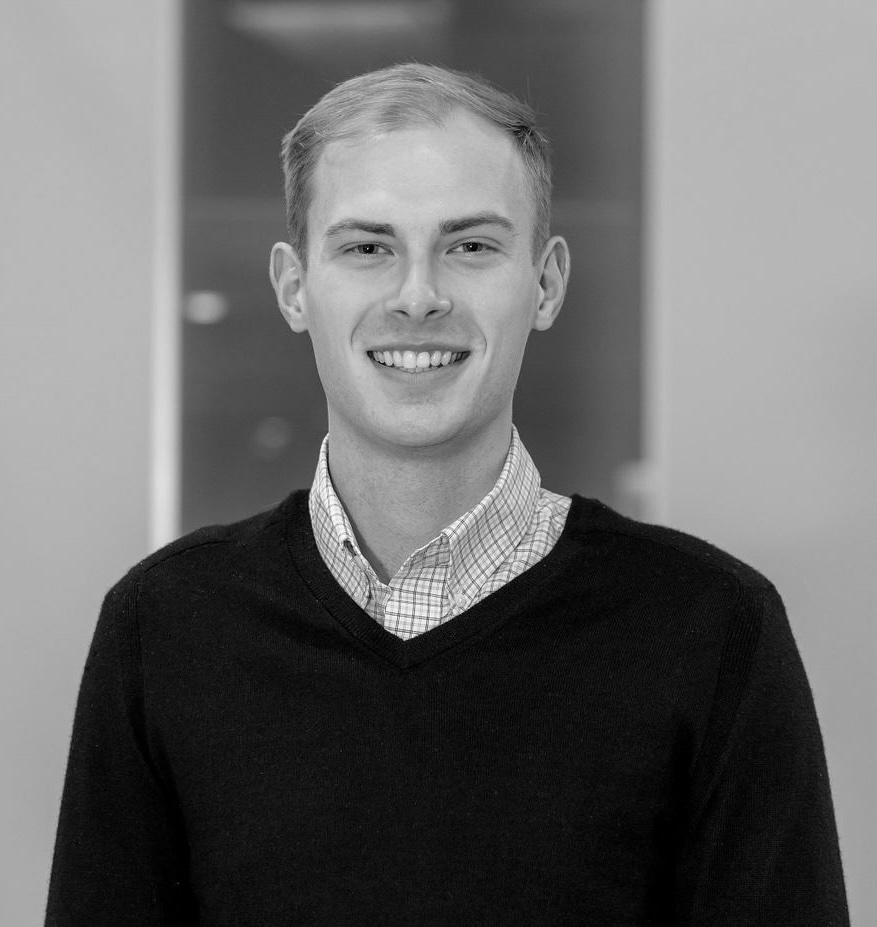
|
Colton Casto (ccasto at mit dot edu) I am a graduate student in the Harvard-MIT Program in Speech and Hearing Bioscience and Technology (SHBT) co-advised by Nancy Kanwisher and Ev Fedorenko. I am also supported by a graduate fellowship from the Kempner Institute for the Study of Natural and Artificial Intelligence at Harvard University. I am broadly interested in the neural basis of language. In particular, I want to understand how non-classical language regions—such as the cerebellum or the hippocampus—contribute to language processing. I am also interested in how our brains represent, update, and dynamically access past context during online language use. To pursue these questions, I use a variety of approaches from neuroscience and machine learning, including intracranial electroencephalography (iEEG), functional magnetic resonance imaging (fMRI), and computational modeling. Before starting my PhD, I completed my undergraduate studies at Princeton University in Neuroscience, with minors in Computer Science and Machine Learning. Visit my website for more details. |
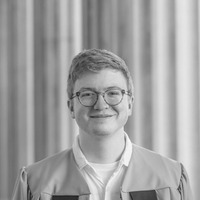
|
Sam Hutchinson (samhutch at mit dot edu) I started as a lab tech with the Kanwisher Lab in May of 2023, and I am beyond excited to work on a wide range of projects with this amazing team of researchers! I recently completed my undergraduate degree from Columbia University with a major in cognitive science and a concentration in computer science. There, I worked on several natural language processing projects including online misinformation detection and comparing computational models of language to human language cognition. |

|
Ammar Marvi (amarvi at mit dot edu) Working as a lab tech means I get to be involved in various different areas of research at once. I recently graduated from UCLA, where I studied neuroscience with a minor in statistics & data science and Arabic & Islamic studies. I also got to work on projects ranging from systems of learning & memory in mice to applications of novel deep learning methods. Now my interests lie primarily in understanding the unique principles behind artificial and biological intelligence. Check out my website for more info! |
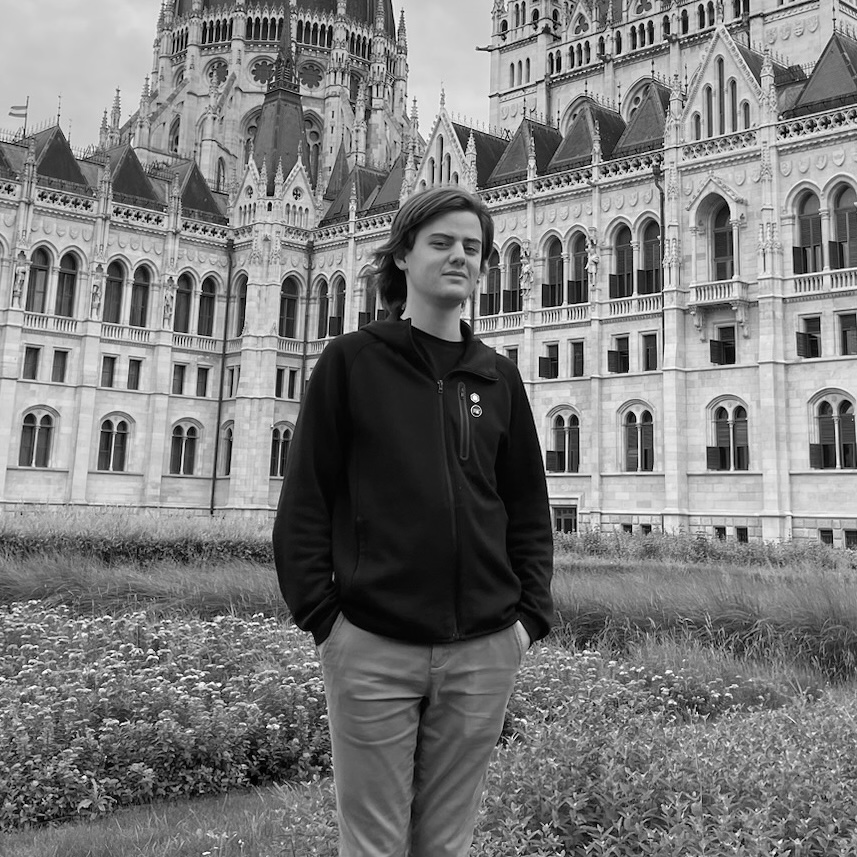
|
Thomas Brewitt (twbrew at mit dot edu) I am an undergrad student pursuing a degree in Computation and Cognition. My time at the lab has allowed me to study topics such as material perception and physics representation in the brain alongside this wonderful team. I am interested in learning more about the representation of abstract concepts in the brain to help inform the design of more “humanly” intelligent AI systems. I hope my time with the lab will provide a solid basis for building a fulfilling scientific career! |
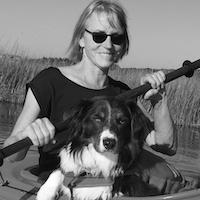
|
Nancy Kanwisher (ngk at mit dot edu) Lucky me! I get to work with all the brilliant and wonderful people on this page, and to think about cool questions like these: How are objects, faces, and scenes represented in the brain, and (how) do the representations of each of these classes of stimuli differ from each other? How are visual representations affected by attention, awareness, and experience? Which mental processes get their own special patch of cortex, why is it these processes and (apparenly) not others, and how do special-purpose bits of brain arise in the first place? If you want to know about my personal story, check out this graduation speech I gave at the University of York 2021, discussing privilege, luck, and compassion in science and life; listen to this interview about my twisted career path, or this one, or read about the quest for the FFA! |

|
Shiloh Hi, I’m Shiloh. I grew up in Alabama then got shipped up north to my new home with Mom and Dad on Cape Cod. I love running and leaping and snuggling. I can’t wait to have the whole Kanwisher Lab to play with! |